*Originally published in HealthScope Magazine
Also referred to as acquired flatfoot deformity, posterior tibial tendon dysfunction (PTTD) is a progressive condition that is best treated earlier rather than later.
One of the more common foot and ankle problems one can have, posterior tibial tendon dysfunction (PTTD) compromises the main tendon that supports the arch of the foot, resulting in an “acquired flatfoot.” It occurs when the posterior tibial tendon – the tendon that travels along the back and inside of the foot and ankle – becomes inflamed, stretched, or even torn. It’s the most common form of flatfoot in adults, and though it typically only occurs in one foot, it can sometimes develop in both.
Causes
PTTD can develop from an acute injury, such as a sprain, but it is more often a result of overuse. Regularly playing high-impact sports such as basketball, tennis, or soccer without the proper foot support can lead to inflammation or tears in the tendon due to repetitive use. Once the damage is done to the tendon, the ligaments that stabilize the arch of the foot will eventually fail, leading to an arch that will fall over time. Even regularly hiking or climbing stairs can lead to arch collapse.
PTTD occurs more commonly in women and adults over the age of 40, and risk factors include obesity, diabetes, and high blood pressure.
Symptoms
Common symptoms of PTTD include the following:
- Pain and/or swelling around the line of the tendon affected, which is inside the foot or ankle
- Increased pain with activity, especially high-impact activity such as running or sports
- Pain that develops outside the ankle, which is caused by a heel bone shifting as a result of the collapsed arch
- A foot that points outward while the ankle begins to roll inward
- Pain or an inability to tip-toe on the affected foot
Treatment Options
When it comes to treating PTTD, there are both nonsurgical and surgical options, depending on the severity of the foot’s condition. Nonsurgical options include orthotic devices and braces to support the foot’s arch; rest and immobilization, which might involve a short-leg cast or boot on the foot to give it an opportunity to heal; physical therapy; medication such as nonsteroidal anti-inflammatory drugs (NSAIDs); or changes in footwear, such as shoes or shoe inserts recommended by a specialist.
Surgical options are often considered once the above nonsurgical options fail to treat the problem, or if the condition is so advanced that only surgery will rectify it. There are several different types of surgery designed to treat PTTD – your foot and ankle surgeon can determine which approach is best for you.
An Expert Weighs In
 “Posterior tibial tendon dysfunction (PTTD) is a common ailment for the foot and ankle, but the good news is that there is a variety of treatment options for it. If you’re having common symptoms of PTTD, don’t hesitate to seek care from a foot and ankle specialist. We can examine the problem and work with each patient on a case-by-case basis to determine the best plan of treatment for you.”
“Posterior tibial tendon dysfunction (PTTD) is a common ailment for the foot and ankle, but the good news is that there is a variety of treatment options for it. If you’re having common symptoms of PTTD, don’t hesitate to seek care from a foot and ankle specialist. We can examine the problem and work with each patient on a case-by-case basis to determine the best plan of treatment for you.”
Christopher D. Lotufo, DPM, FACFAS
Foot & Ankle Specialist
Center for Sports Medicine & Orthopaedics
